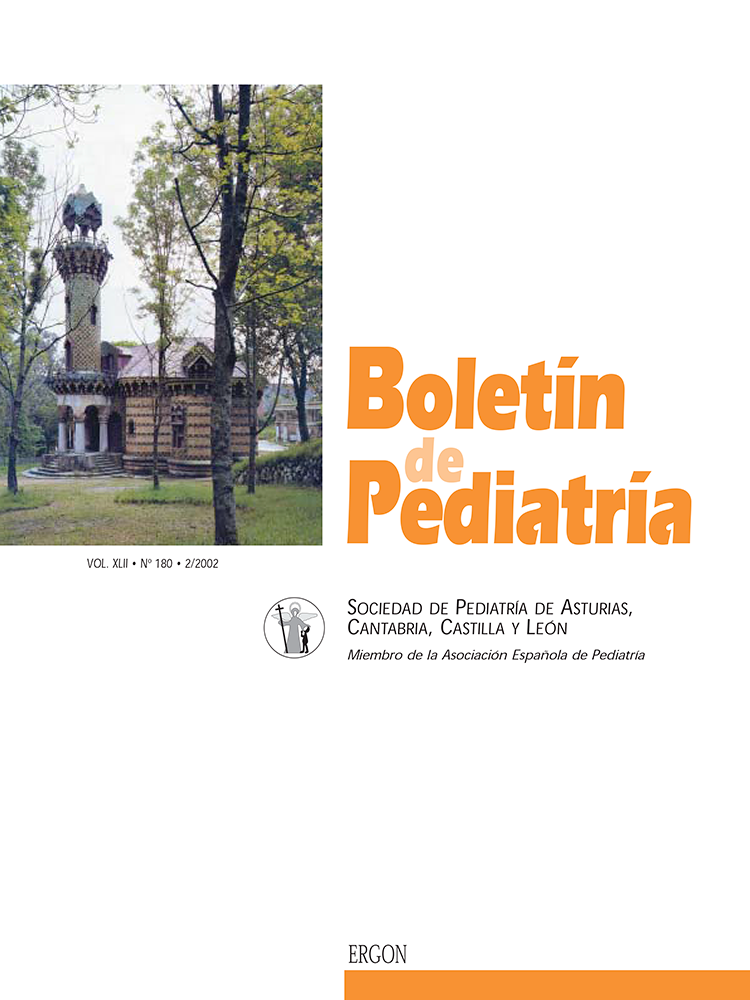Abstract
Abstract The natural history and management of multicystic dysplastic kidney (MDK) is still controversial, and its relationship with potential complications as hypertension, higher incidence of urinary tract infections or neoplasic degeneration is not well defined. We aimed at knowing the evolution of our patients with MDK under conservative treatment in a Pediatric Nephrology Unit. Methods: Thirty five patients (13 girls) were diagnosed of MDK. Twenty-six of them were treated conservatively and followed for 9 years and 7 months (rank: 1 month-14 years). Follow-up included physical examination and serial ultrasound (at 6 months to 1 year intervals). They were controlled until complete involution of the lesion. Results: MDK was suspected by antenatal ultrasound examination in 69% of patients (24/35). Twelve patients (34%) presented urological malformations, namely hydronephrosis and vesicoureteral reflux. Thirteen nephrectomies were performed (nine in patients under 1 year of age). We were not able to make an adequate followup in five cases. Eighty-two per cent (14/17) of patients presented involution of the dysplastic kidney after 6 years. Neither hypertension nor malignant degeneration were reported. Conclusions: The natural history of MDK shows that great part of patients present involution, thus conservative management is recommended. The risk of complications in MDK is low, particularly if urological malformations are not associated.

This work is licensed under a Creative Commons Attribution-NonCommercial 4.0 International License.
Copyright (c) 2002 Boletín de Pediatría
